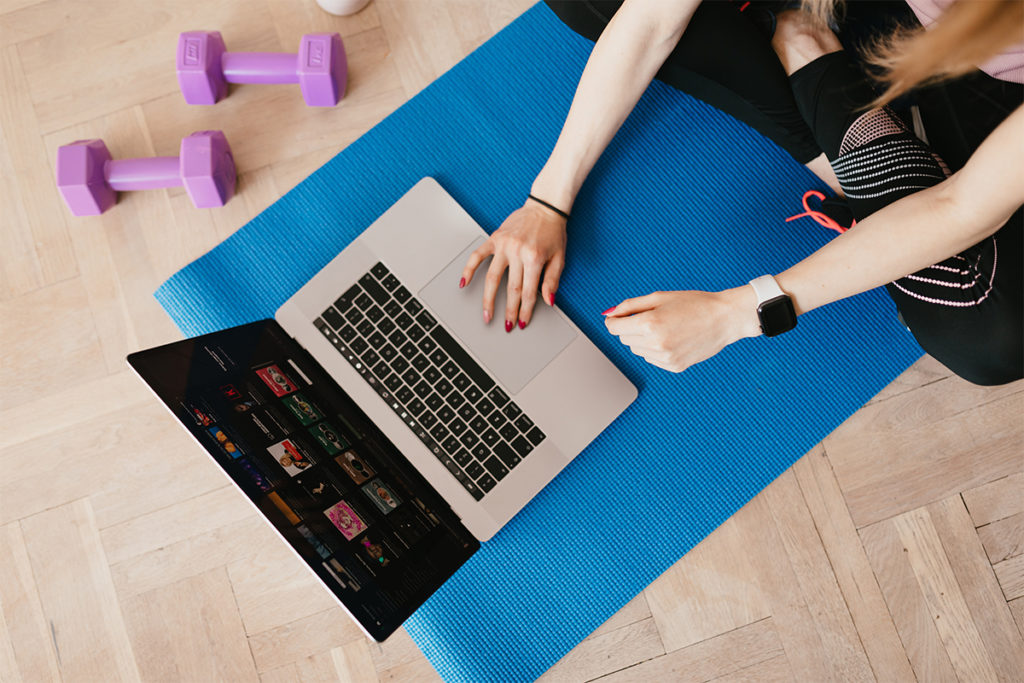Small-Group Training: Tricks of the Trade

Five small-group training experts answer questions about this burgeoning trend. Topics include working simultaneously with clients at different skill levels; training people with special needs (whether they are athletes or clients with disabilities); handling no-shows; and teaching warm-ups.
How do I train four people with four different levels of fitness at the same time?
Bill Sonnemaker, MS, 2007 IDEA Personal Trainer of the Year; owner and founder, Catalyst Fitness, Atlanta: In our “Small Group Personal Training on Demand” [business model], all of the participants perform the same exercises (think “movement patterns”); but what changes are the acute variables. Each exercise should be modified—regressed or progressed—to meet the goals and needs of the individual. The exception is if someone has pain or difficulty when attempting to perform an exercise; we use the mantra “modify-substitute-delete.” Oftentimes, modifying one or more of the exercise’s acute variables (base of support, length of lever arm, range of motion, etc.) will solve the problem.
Rick Mayo, owner, North Point Personal Training and Alloy™ Personal Training Solutions, Roswell, Georgia: Use a “leveling” system. Start with something simple, such as beginner, intermediate and advanced. Your original assessment of each client should determine the clients’ levels. Then, create workout “templates” based on each level, so you can train/service different fitness levels effectively in the same training session.
What about a client with specific needs, such as a competitive athlete or someone with a disability?
Author’s note: Since personal training is an art as much as a science, there can be dissension among experts on certain topics. This is one such case.
Jason Linse, president, The Business of Fitness consultancy in Minneapolis: Don’t train them in small groups—at least not for every session. They need [at least some] one-on-one training.
Frank Nash, owner, Frank Nash Training Systems, Worcester, Massachusetts: We train everyone, from people with disabilities to pro athletes, in a small-group setting. People who need one-on-ones are those who want one-on-one attention [regardless of their physical circumstances], and who perhaps love [the idea of] purchasing the highest-priced ticket.
What if people sign up but don’t show up?
Linse: Allow clients to sign up online, but cancel only via telephone. Handle the no-shows one at a time. Pull these clients aside and remind them that you can “fine” them $10 (or whatever amount you think is fair) for not showing up, but that you don’t want to do that, so you will give them one more chance.
Author’s note: Several other sources overcome this concern by allowing SGT no-shows to drop into a large-group session to make up their missed small-group workout, with the understanding that their right to monthly SGT sessions does not roll over from month to month.
How do you handle SGT warm-ups?
Dale Huff, cofounder, Nutriformance and Athletic Republic, Frontenac, Missouri: To keep it safe for everyone, we do a dynamic warm-up as a group. This way, everyone’s body is ready to go and there are no questions.
Rachel Cosgrove, 2012 IDEA Personal Trainer of the Year; owner, Results Fitness, Santa Clarita, California: We have TVs with 10-minute loops playing our dynamic warm-up for clients to follow. The warm-up is also written on a chalkboard on the wall. But our trainers still do coach the warm-up. Many of our clients have specific warm-up exercises written into their programs. These are individualized for them and aren’t on the TV.
For more best practices for small-group training, please see “The Best Advice You’ve Never Heard on Small-Group Training” in the online IDEA Library. If you cannot access the full article and would like to, please contact the IDEA Inspired Service Team at (800) 999-4332, ext. 7.




